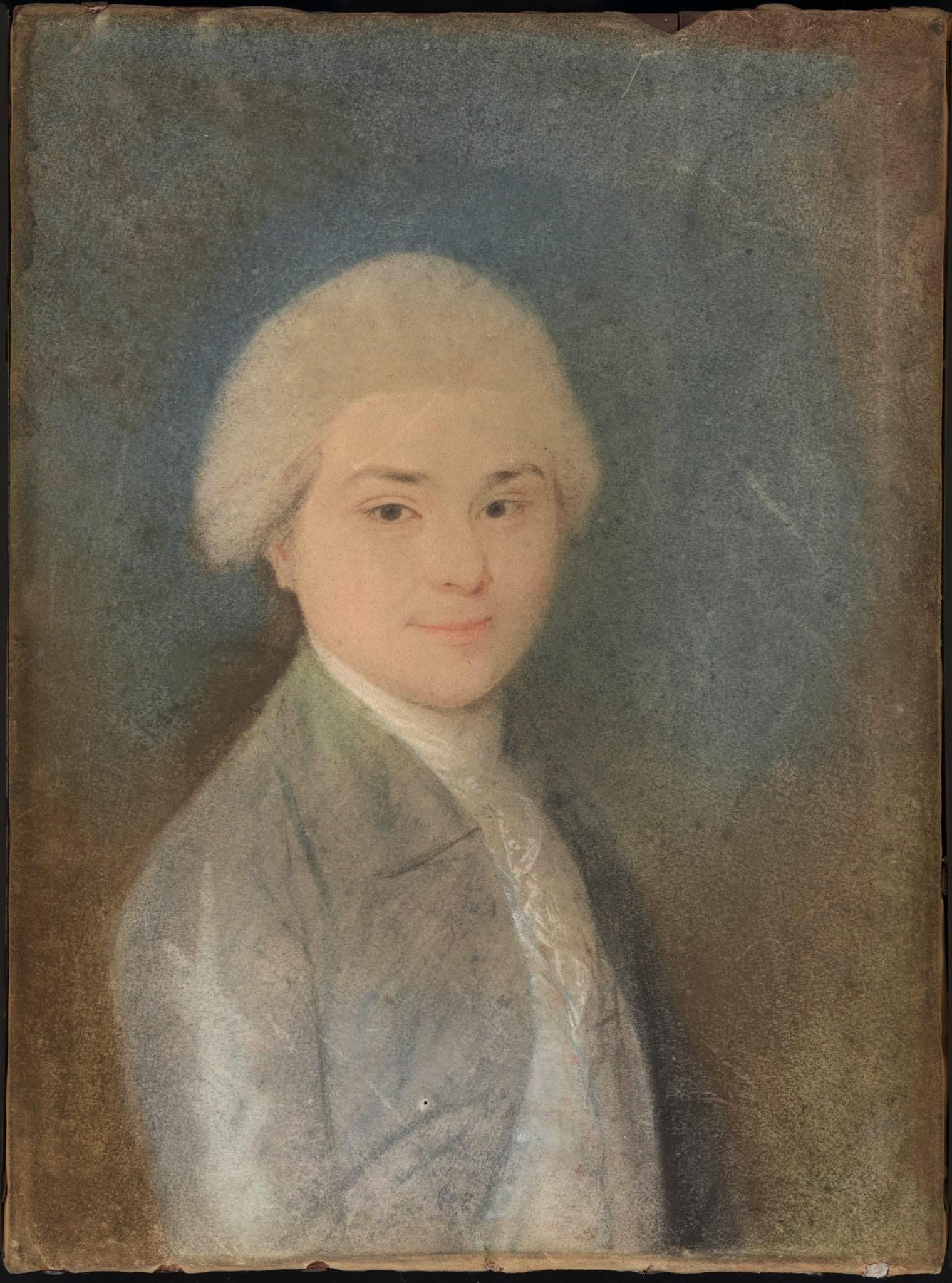
“The year 1775 was the eighth year of my age. Among the first fruits of the War was the expulsion of my father’s family from their peaceful abode in Boston to take refuge in his and my native town of Braintree. Boston became a walled and beleaguered town, garrisoned by British Grenadiers, with Thomas Gage, their Commanding General, commissioned Governor of the Province. For the space of twelve months, my mother with her infant children dwelt, liable every hour of the day and of the night to be butchered in cold blood, or taken and carried into Boston as hostages, by any foraging or marauding detachment of men like that actually sent forth on
the 19th of April to capture John Hancock and Samuel Adams, on their way to attend the continental Congress at Philadelphia. My father was separated from his family, on his way to attend the same continental Congress, and there my mother with her children lived in unintermitted danger of being consumed with them all in a conflagration kindled by a torch in the same hands which on the 17th of June lighted the fires of Charlestown. I saw with my own eyes those fires, and heard Britannia’s thunders in the battle of Bunker’s Hill, and witnessed the tears
of my mother and mingled with them my own, at the fall of Warren, a dear friend of my father, and a beloved Physician to me. He had been our family physician and surgeon, and had saved my forefinger from amputation under a very bad fracture. Even in the days of heathen and conquering Rome, the Laureate of Augustus Caesar tells us, that wars were detested by mothers, even by Roman Mothers,’ Bella matribus detestata.’ My Mother was the daughter of a Christian Clergyman, and therefore bred in the faith of deliberate detestation of War, super-added to the impulsive abhorrence of the Roman mothers. Yet in that same spring and summer of 1775, she taught me to repeat daily, after the Lord’s Prayer, before rising from bed, the Ode of Collins on the patriot warriors who fell in the war to subdue the Jacobite rebellion of 1745.
“How sleep the brave who sink to rest
By all their Country’s wishes blest!
When Spring, with dewy fingers cold,
Returns to deck their ballow’d mould,
She there shall dress a sweeter sod
Than Fancy’s feet have ever trod.
By Fairy bands their knell is rung,
By forms unseen their dirge is sung,
There Honour comes, a pilgrim grey,
To watch the turf that wraps their clay,
And Freedom shall awhile repair,
To dwell, a weeping Hermit, there.”
Of the impression made upon my heart by the sentiments inculcated in these beautiful effusions of patriotism and poetry, you may form an estimate, by the fact that now, seventy-one years after they were thus taught me, I repeat them from memory, without reference to the book.! “Have they ever shaken my abhorrence of War? Far otherwise. They have riveted it to my soul with hooks of steel. But it is to war waged by tyrants and oppressors, against the rights of human nature and the liberties and rightful interests of my country, that my abhorrence is confined. War in defence of these, far from deserving my execration, is, in my deliberate belief, a religious and sacred duty.
“Dulce et decorum est, pro patria mori.”
“It is sweet and proper to die for one’s country.”
– From the Memoirs of John Quincy Adams who was born on July 11, 1767 in Braintree, Massachusetts
Source says not in copyright
Image: Pastel of a young John Quincy Adams c. 1783 via National Portrait Gallery, Smithsonian Institution, not in copyright

This picture shows the derrick on the dome. It is a view of the east front of the building and was taken on July 11, 1863.
Image via Wikimedia Commons, public domain in the US
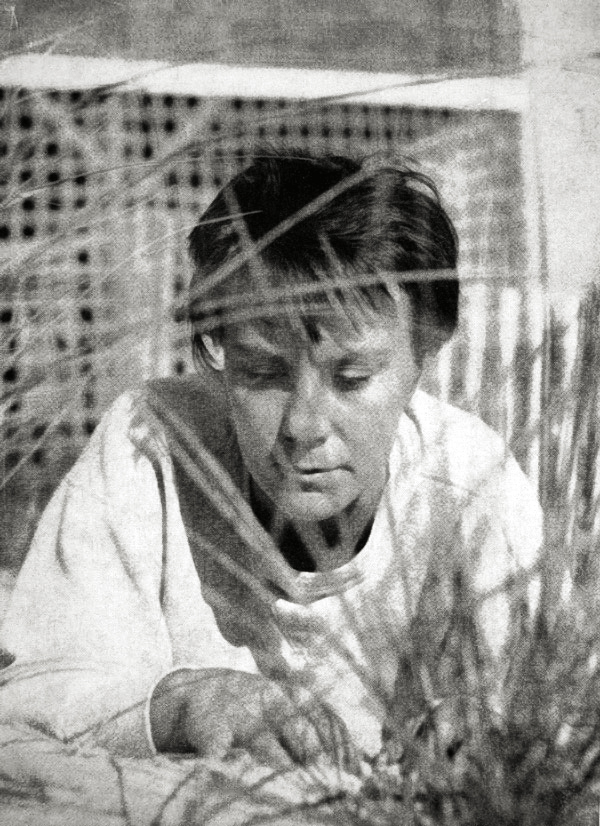
Harper Lee’s classic novel “To Kill a Mockingbird” was published July 11, 1960 and has never been out of print. The book is available in over 40 languages, has sold at least 30 million copies, was made as a film in 1962 and has been adapted as a play many times.
Image of Harper Lee from the first edition of “To Kill A Mockingbird” in 1960 via Wikimedia Commons, public domain in the US
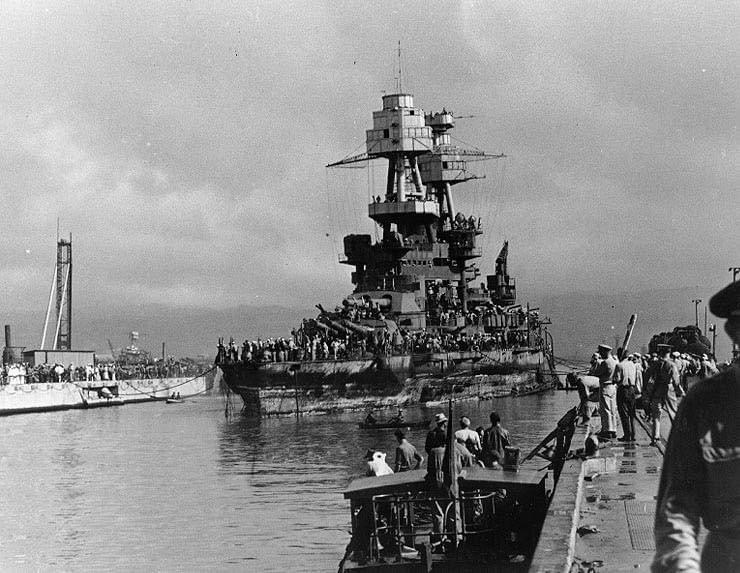
On July 11, 1914, the USS Nevada was launched.
She was used in both WWI and WWII.
Here she is being refloated in 1942 after being severely damaged during the attack on Pearl Harbor. After repairs, she was put back into service and was used throughout the duration of WWII.
The USS Nevada was the only American battleship to be present at both Pearl Harbor and Normandy during WWII.
Image via Wikimedia Commons, public domain

Fort Lernoult (later known as Fort Detroit) c. 1792
On July 11, 1796 the United States took possession of the area of Detroit as per The Jay Treaty.
The British first agreed to leave all forts in the U.S. in 1783 after the Revolution, but they remained in six. Fort Detroit was one of them.
Image via Wikimedia Commons, public domain
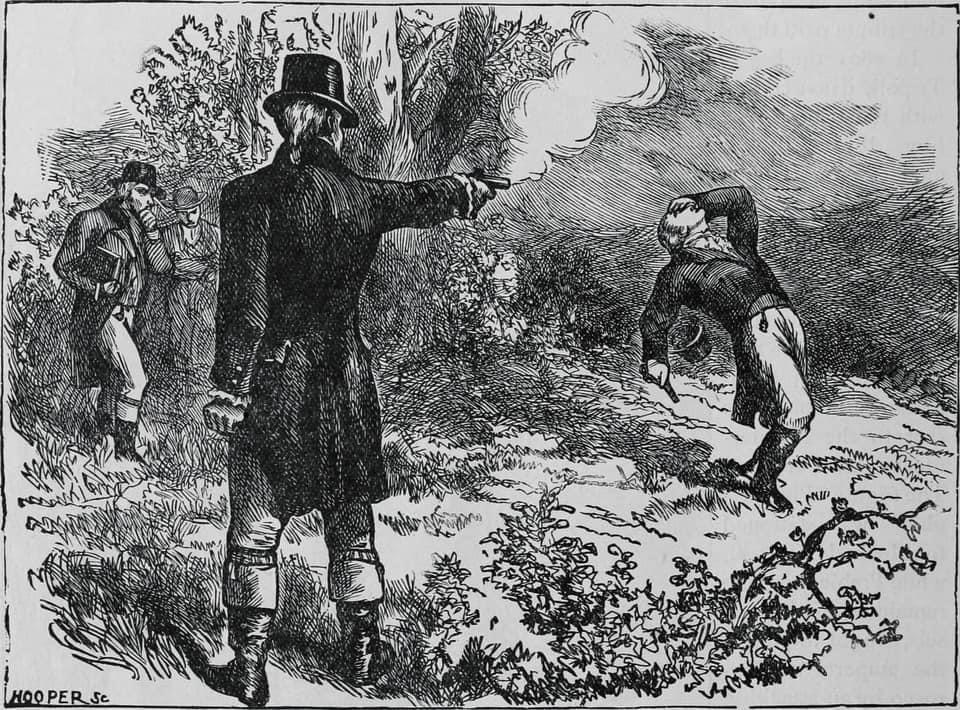
“In the fall of 1804 Mr. Jefferson was elected president for a second term, but this time Colonel Burr was dropped by his party, who nominated and elected George Clinton, of New York, vice-president in his place. Burr had at last experienced the reward of his insincerity: both parties had come to distrust him. After his defeat for the vice presidency he had been nominated by his party as their candidate for governor of New York. He was warmly opposed by Alexander Hamilton, who was mainly instrumental in bringing about his defeat. Burr never forgave Hamilton for his course in this election, and took advantage of the first opportunity to challenge him to a duel.
They met at Weehawken, on the banks of the Hudson, opposite New York, on the eleventh of July, 1804.
Hamilton, who had accepted the challenge in opposition to his better judgment, and who had expressed his intention not to fire at Burr, was mortally wounded, and died within twenty-four hours. In him perished one of the brightest intellects and most earnest patriots of the republic. His loss was regarded as second only to that of Washington, and the sad news of his death was received in all parts of the country with profound and unaffected sorrow. A feeling of deep and general indignation was aroused against Burr, who found it expedient to withdraw from New York and retire to Georgia until the excitement had subsided.
The murder of Hamilton, for it was nothing else, closed Burr’s political career. His remaining years were passed in restless intrigue. In 1805 he went west, and there undertook the organization of a military movement of some sort, which from the secrecy with which it was conducted, was generally regarded as treasonable and intended for his own aggrandizement. In 1806 he was arrested by the United States, and after a prolonged trial, during which he defended himself with great ability, he was acquitted of the charge of treason. His subsequent career was obscure, and he died in 1836, friendless and alone. He was a man of great ability; but he failed to put his great talents to an honest use.“
From: Our greater country; being a standard history of the United States from the discovery of the American continent to the present time ..
by Henry Davenport Northrop, published in 1901
https://archive.org/details/ourgreatercountr00nort/page/506
Source says not in copyright
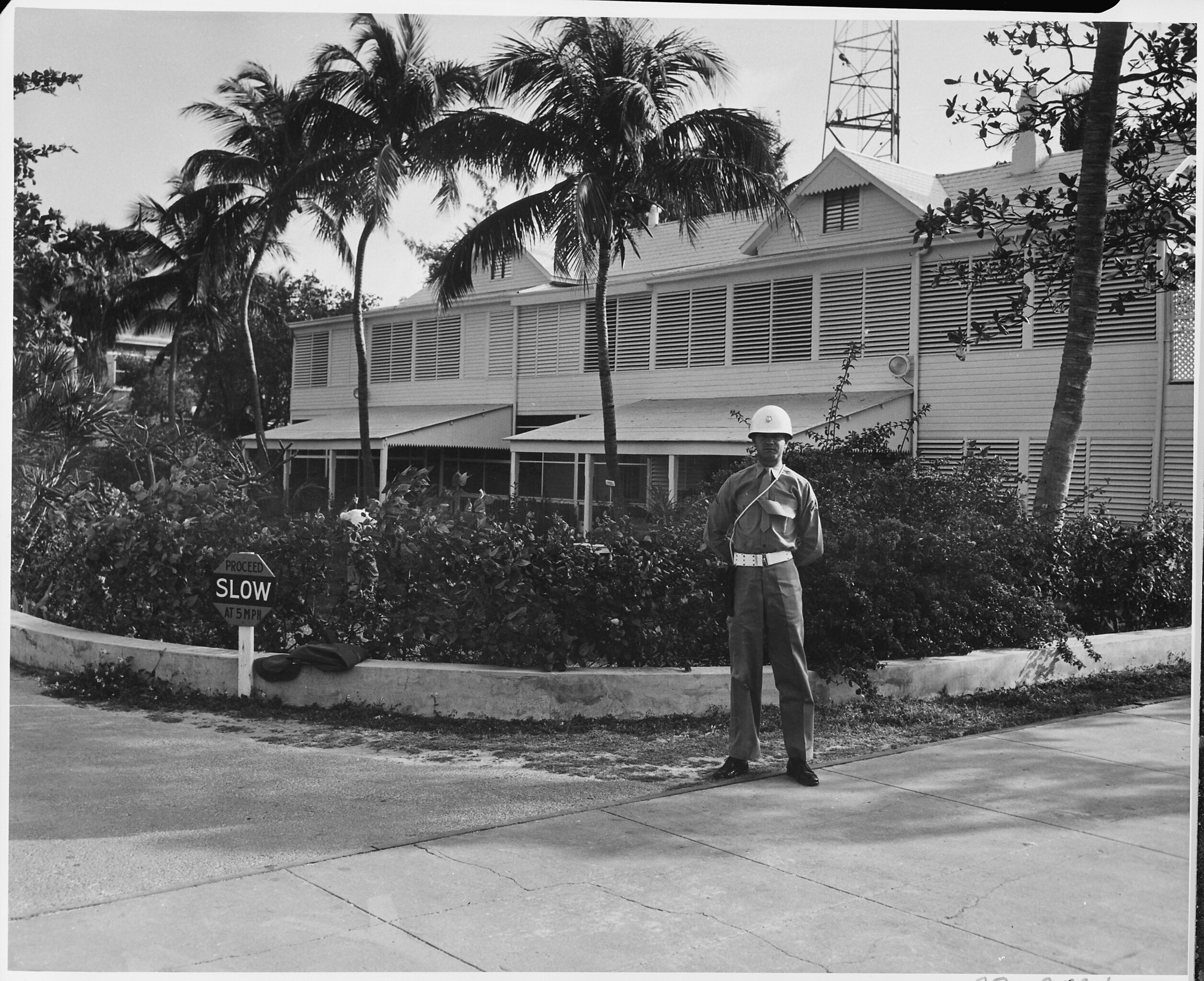
U.S. Marine Corps guard standing outside the “Little White House,” President Truman’s vacation residence at Key West, Florida in 1951.
153 years earlier, on July 11, 1798, The United States Marine Corps was reestablished in preparation for the Quasi-War with France.
The Continental Marine Corps was formed by Congress in 1775 during the Revolutionary War.
Image via Wikimedia Commons, public domain
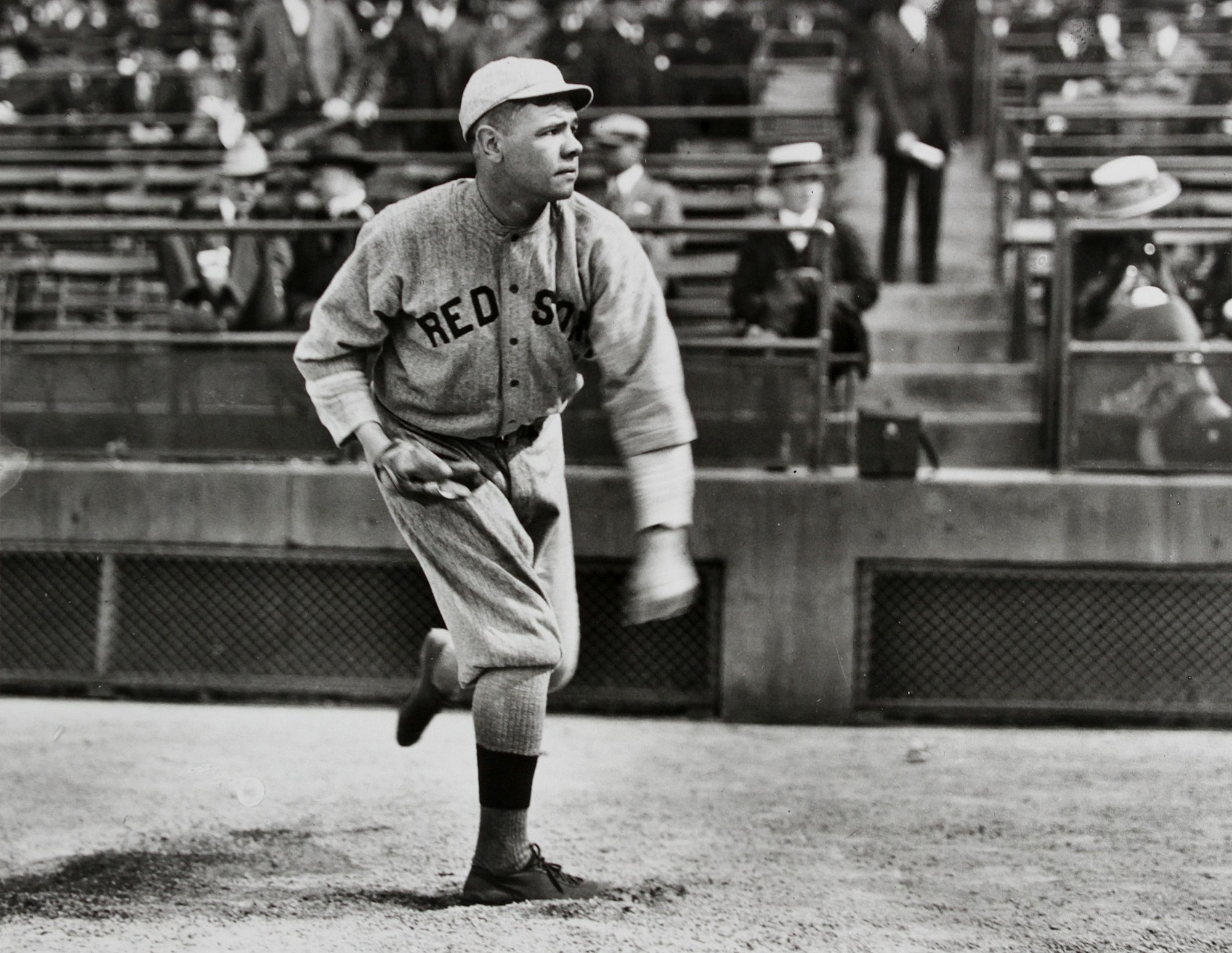
On July 11, 1914, Babe Ruth made his Major League debut as a pitcher for the Boston Red Sox.
Image via Wikimedia Commons, public domain c. 1914-1919
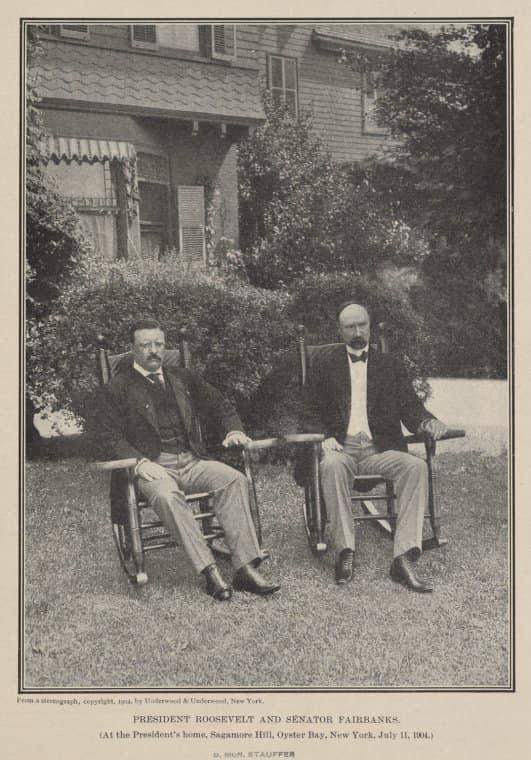
President Roosevelt and Senator Fairbanks. (At the president’s home, Sagamore Hill, Oyster Bay, New York, July 11, 1904)
via NYPL Digital Collections, no known restrictions

Actor Yul Brynner who starred in films such as The Magnificent Seven, The Ten Commandments and The King & I was born on July 11, 1920 in Vladivostok, Maritime Province, Far Eastern Republic (Russia).
He became an American Citizen in 1943.
Image: Yul Brynner’s immigration to the U.S. portrait, 1943 via Wikimedia Commons, public domain
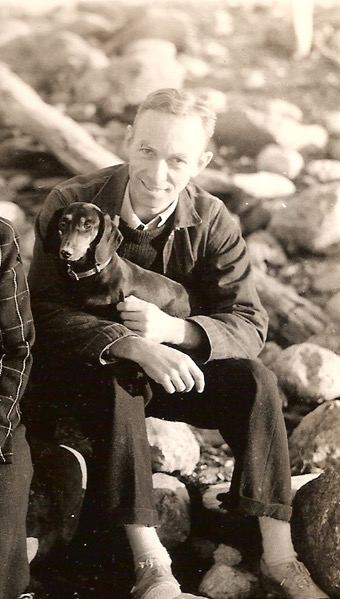
Born July 11, 1899 E.B. White authored classics for young readers like Charlotte’s Web, Stuart Little, and The Trumpet of the Swan. Anyone who struggled through college essays with a copy of The Elements of Style by Strunk & White nearby, well, E.B. was the White.
Image by White Literary LLC, CCA-SA 3.0 Unported via Wikimedia Commons
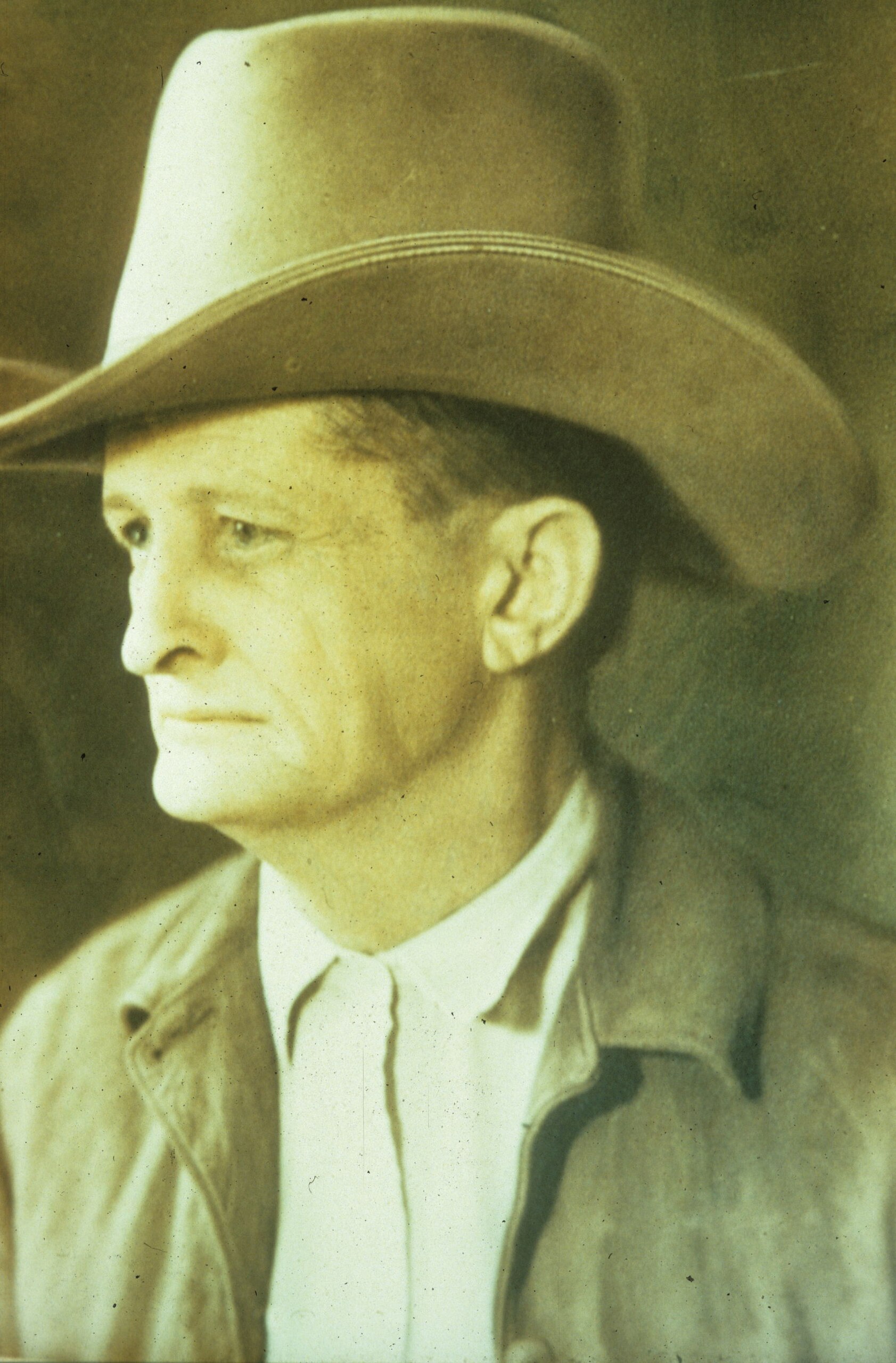
Born on July 11, 1882, James Larkin White was a young cowboy when he stumbled upon a surreal sight in the Chihuahuan Desert—what appeared to be smoke rising from the earth was actually a cloud of bats escaping a vast cave opening. Armed with little more than a makeshift lantern and a rope ladder, White ventured inside in 1898, beginning a deep exploration of what we now call Carlsbad Caverns.
His fascination led him to map its chambers, name its wonders, and share its beauty with scientists and visitors, even hoisting people down in buckets once used for guano. White’s dedication helped transform the cavern into a beloved national landmark. Though he passed away in 1946, his spirit still echoes through the depths he first dared to descend.
Image via Wikimedia Commons, public domain
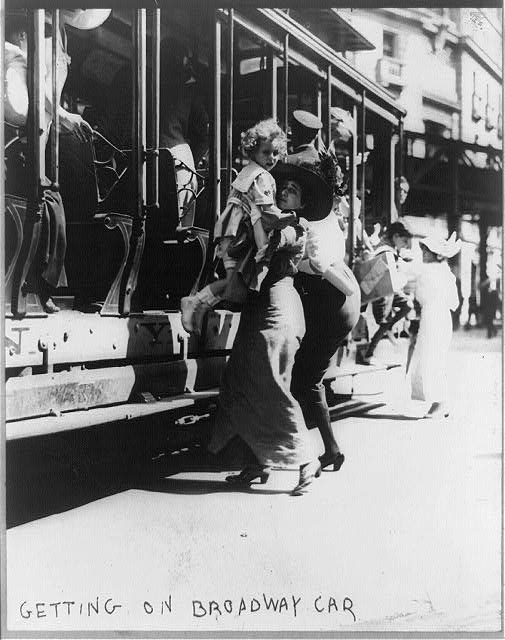
Getting on a Broadway streetcar in New York City
– July 11, 1913
via Library of Congress, no known restrictions

The U.S. Navy Boeing XPBB-1 Sea Ranger patrol bomber photographed circa July 11, 1942
via Wikimedia Commons, public domain


